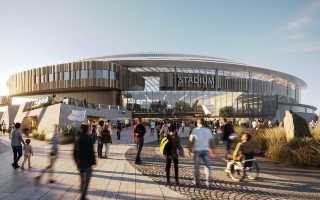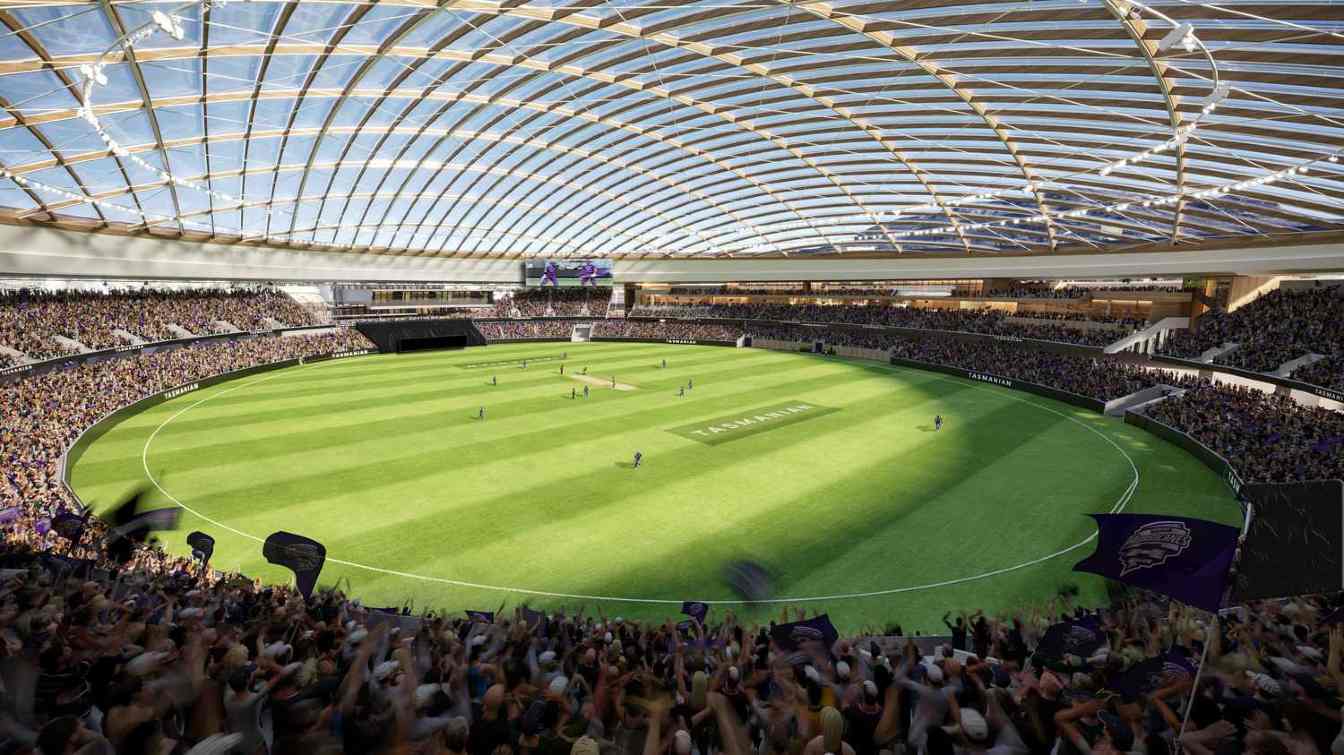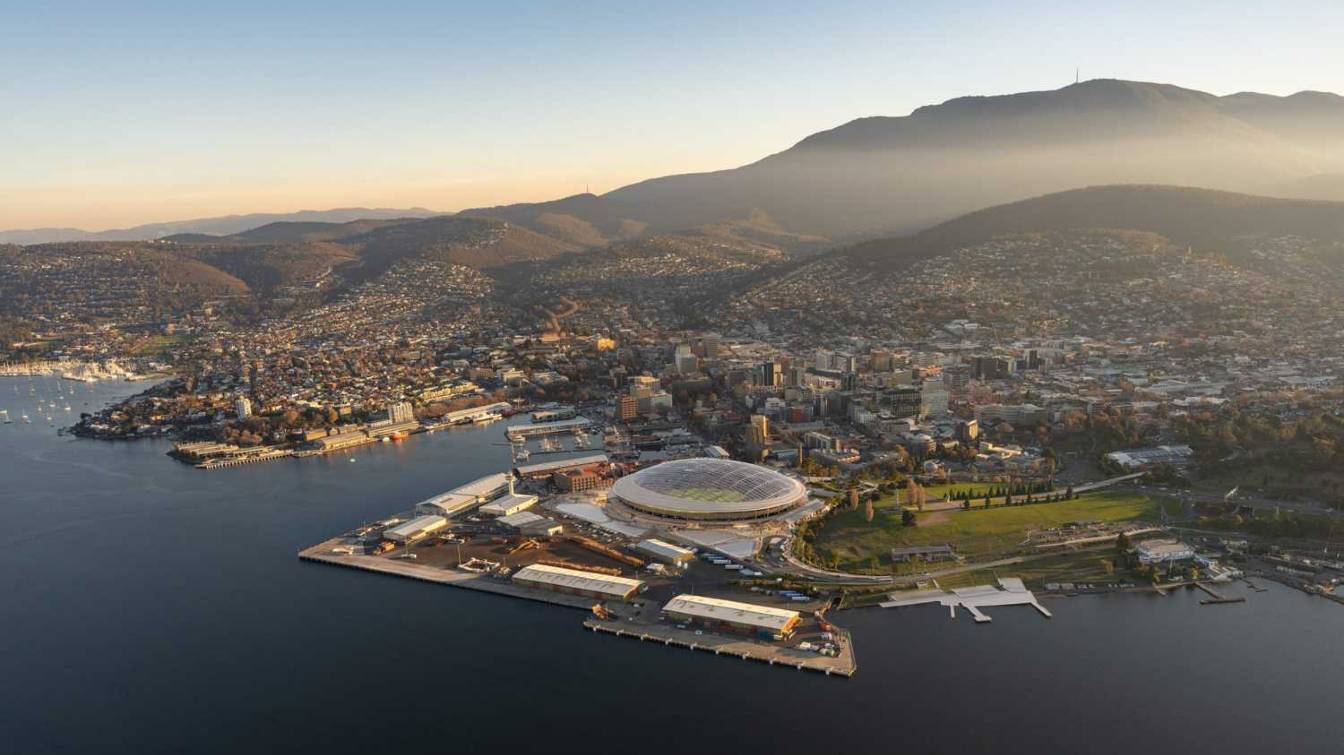Australia: What economic benefits will Macquarie Point bring to local community?
source: StadiumDB.com; author: Paulina Skóra
 According to an economic report commissioned by and presented to the Hobart City Council, the world’s largest timber-roofed stadium will deliver significant economic benefits for both Hobart and Tasmania—benefits that go beyond those identified in the Tasmanian Planning Commission’s assessment of the Macquarie Point project.
According to an economic report commissioned by and presented to the Hobart City Council, the world’s largest timber-roofed stadium will deliver significant economic benefits for both Hobart and Tasmania—benefits that go beyond those identified in the Tasmanian Planning Commission’s assessment of the Macquarie Point project.
Advertisement
Economic gains despite concerns
The analysis—published by the AEC Group—found that the new stadium would generate over $140 million in economic impact for Hobart during its construction phase, and $178 million annually once operational. The report forecasts significant economic impacts
for Hobart during construction—totalling $143 million per year. This includes a $65.4 million increase in the city’s Gross Regional Product (GRP), a $44.7 million rise in incomes, and the creation of 385 full-time equivalent jobs. However, the City Council shares the Planning Commission’s concerns about the stadium’s potential burden on the state budget and the government’s ability to finance it.
While waiting for various types of sports infrastructure projects to be completed, fans often turn to other forms of online entertainment—one of the most popular being sports betting. Check out the reviews prepared by the OddsSurfer team, which focus on facts to provide you with relevant information and details that truly matter.
According to the AEC Group, the economic benefits for Hobart will become even more pronounced during the stadium’s operational phase and are expected to stabilize by 2032. Annual projections include a $178.9 million boost to the local economy, an $87.2 million rise in GRP, a $62.8 million increase in incomes, and 813 full-time equivalent jobs. The report was commissioned after the Council claimed that the stadium developers—Macquarie Point Development Corporation—had missed the opportunity
to fully assess the project's economic impact on its specific location.
While the timber and transparent roof was praised for its visual appeal, the report also raised concerns about the scale and bulk of the structure—particularly in relation to surrounding buildings and infrastructure, including the nearby cenotaph. The Council noted that the local economic benefits during both the construction and operational phases have not been adequately considered by the Planning Commission in its modelling.
Since the project will be built within the Hobart Local Government Area and adjacent to the city centre, the Council commissioned AEC Group to conduct additional economic modelling to support its decision-making and highlight the potential economic, social, and cultural implications specifically for Hobart,
the submission states.
Tasmanian Premier seeks to fast-track the stadium
In early April, Wood Central reported that Tasmania’s Premier, Jeremy Rockliff, plans to fast-track the stadium’s development by introducing key legislation to bypass the regular planning process. The 23,000-seat Macquarie Point Stadium—one of the key conditions for Tasmania's entry into the AFL—has seen its projected costs balloon to over $1.2 billion, far exceeding the originally estimated $775 million.
Advertisement

 StadiumDB
StadiumDB ©
©  ©
©